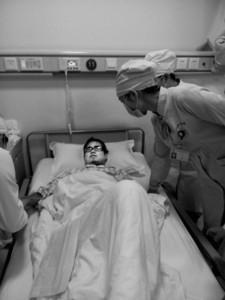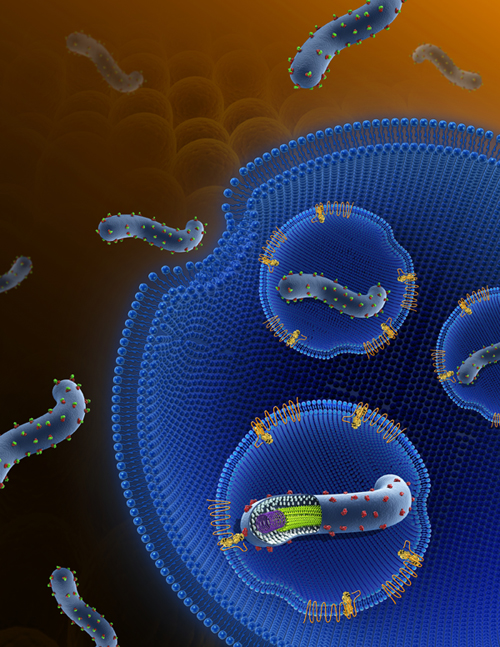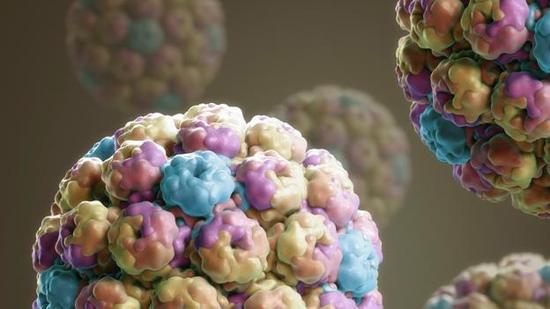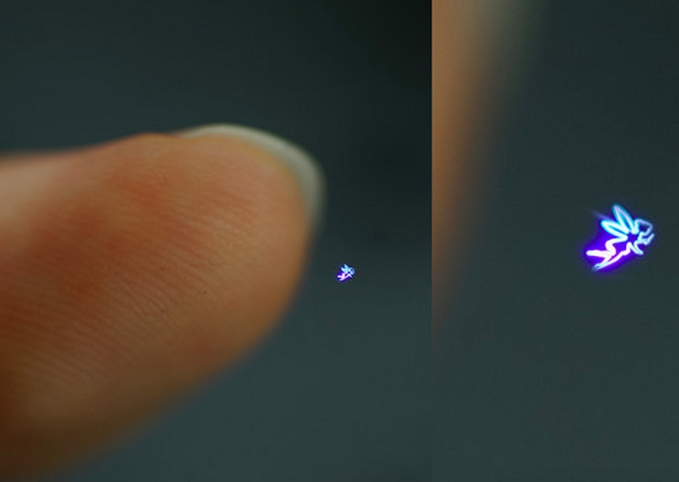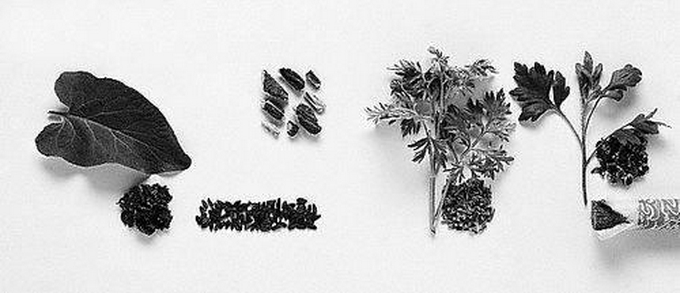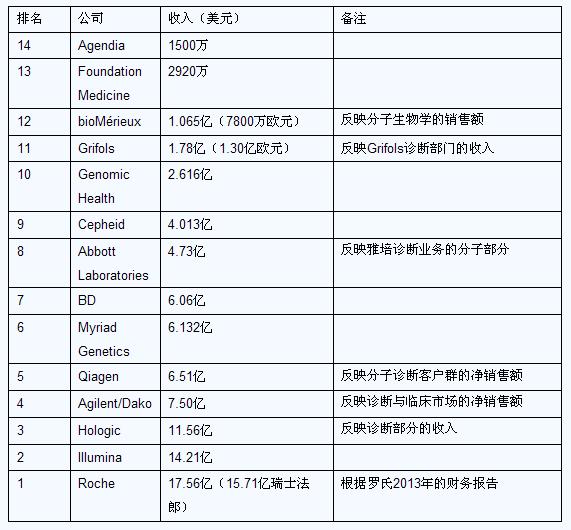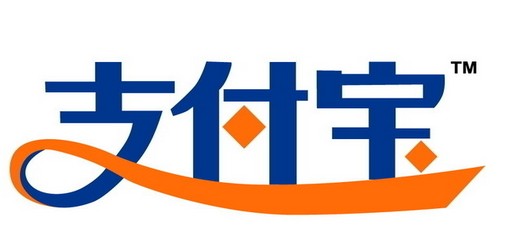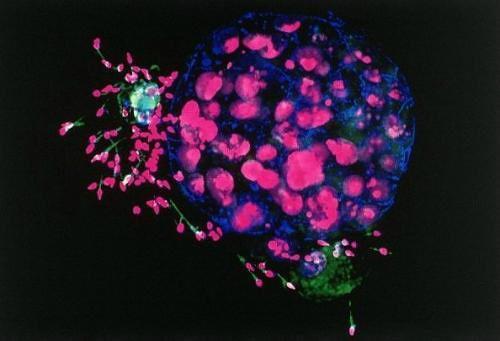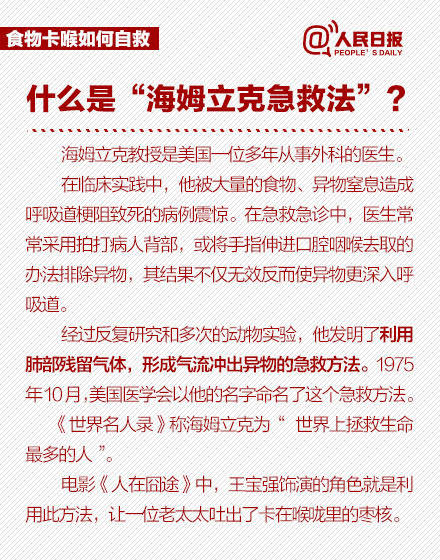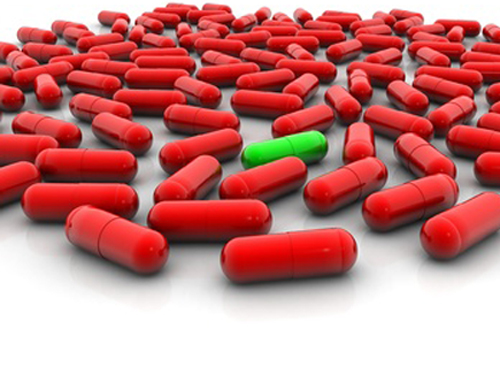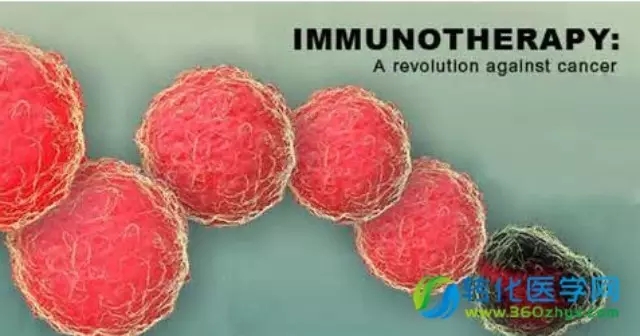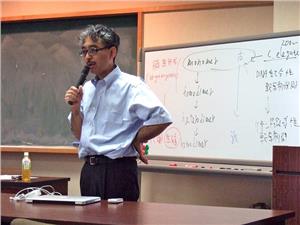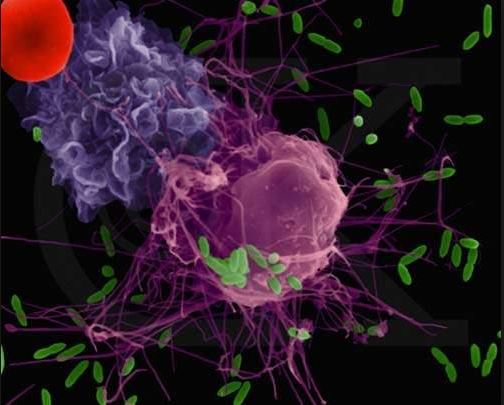你现在所在位置:资讯首页 > 专题讲座
Nature:揭示白血病耐药新机制
医学资讯 发布时间:2014-06-06 点击: 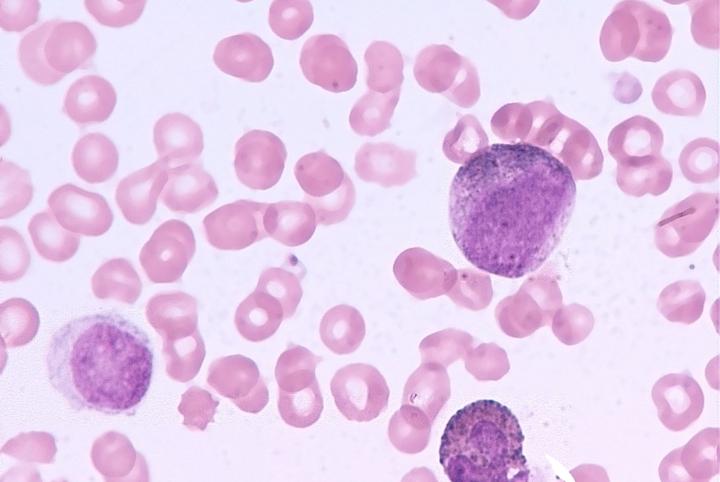
在Nature上的一篇最近发布的研究论文中,来自蒙特利尔大学的研究人员通过研究揭示了其在急性髓性白血病(AML)研究领域的新发现,文章中研究者开发了可以克服急性髓性白血病耐药性的新型策略,未来或许也可以利用该策略应用于治疗其它耐药性的癌症中去。
在此前研究中,研究者发现,抗病毒药物利巴韦林可以对某些癌症患者带来好处,而且该药物也是美国医生们第一个在临床上用于治疗AML患者预后不良的药物。研究者Assouline表示,该药物的临床使用为很多患者的治疗带来了福音,但是很多时候当进行单一用药时,往往会导致患者治疗失败。
这项研究揭示了利巴韦林不能够有效杀灭癌细胞的机制。研究者发现一种名为GLI1的基因在AML患者癌细胞中会过量表达,很幸运的是抑制GLI1表达的药物是可以获得的,这些药物可以将AML癌细胞转换回对利巴韦林敏感的状态;研究者希望将利巴韦林联合疗法应用于临床治疗后可以有效抑制癌细胞对药物的耐受性。
最后研究者说道,如果这种疗法是成功的,那么利巴韦林的应用价值将大大提高,以其为基础的联合疗法将至少可以应用于30%的各类癌症患者的治疗中,比如乳腺癌、结肠癌等。
原文链接:The sonic hedgehog factor GLI1 imparts drug resistance through inducible glucuronidation
Abstract:Drug resistance is a major hurdle in oncology. Responses of acute myeloid leukaemia (AML) patients to cytarabine (Ara-C)-based therapies are often short lived with a median overall survival of months1, 2, 3, 4. Therapies are under development to improve outcomes and include targeting the eukaryotic translation initiation factor (eIF4E) with its inhibitor ribavirin5, 6, 7. In a Phase II clinical trial in poor prognosis AML5, ribavirin monotherapy yielded promising responses including remissions; however, all patients relapsed. Here we identify a novel form of drug resistance to ribavirin and Ara-C. We observe that the sonic hedgehog transcription factor glioma-associated protein 1 (GLI1) and the UDP glucuronosyltransferase (UGT1A) family of enzymes are elevated in resistant cells. UGT1As add glucuronic acid to many drugs, modifying their activity in diverse tissues8. GLI1 alone is sufficient to drive UGT1A-dependent glucuronidation of ribavirin and Ara-C, and thus drug resistance. Resistance is overcome by genetic or pharmacological inhibition of GLI1, revealing a potential strategy to overcome drug resistance in some patients.
相关文章

高脂肪饮食或可延缓脑衰老一提到高脂肪饮食,人们第一之间往往想到的是肥胖,接下来就一...


